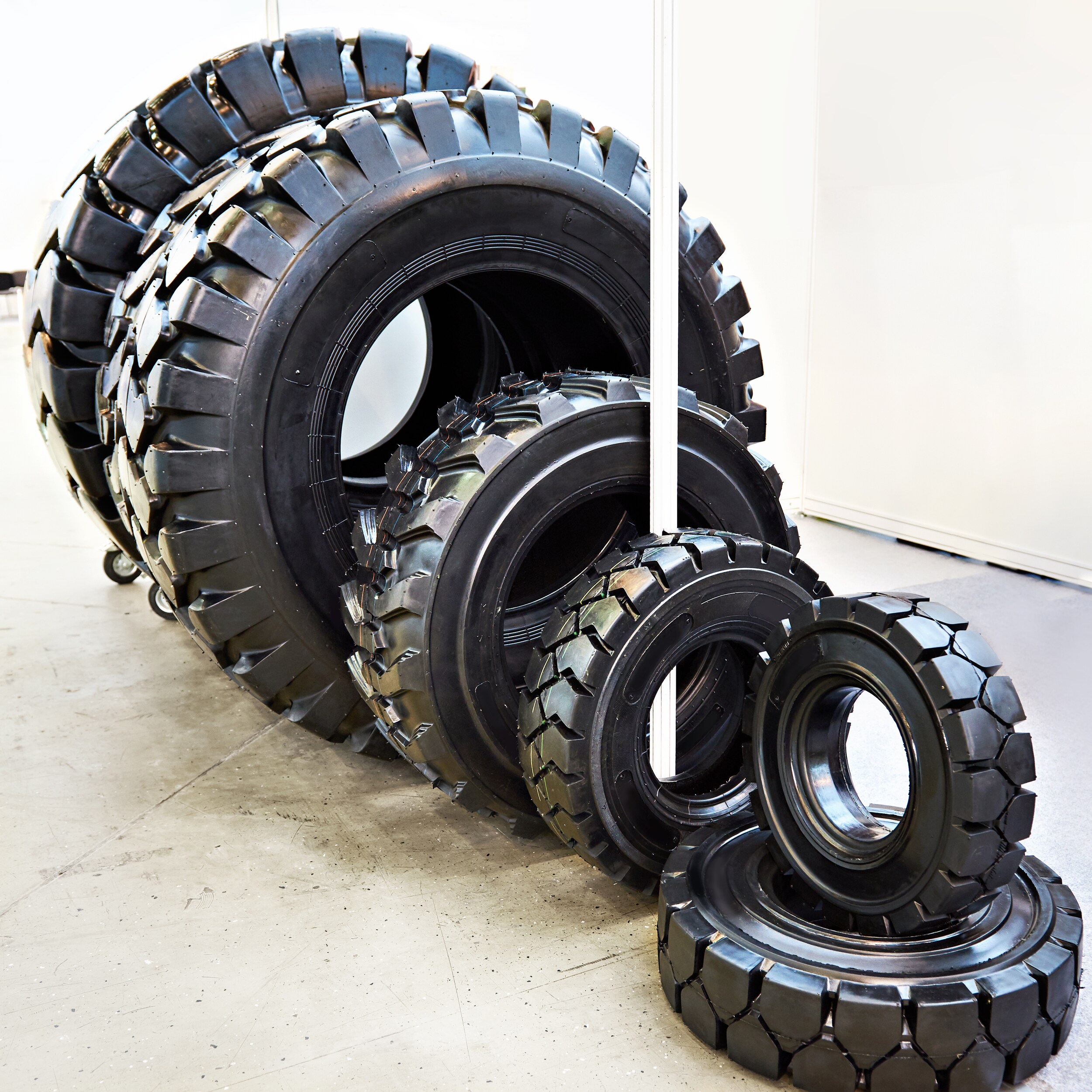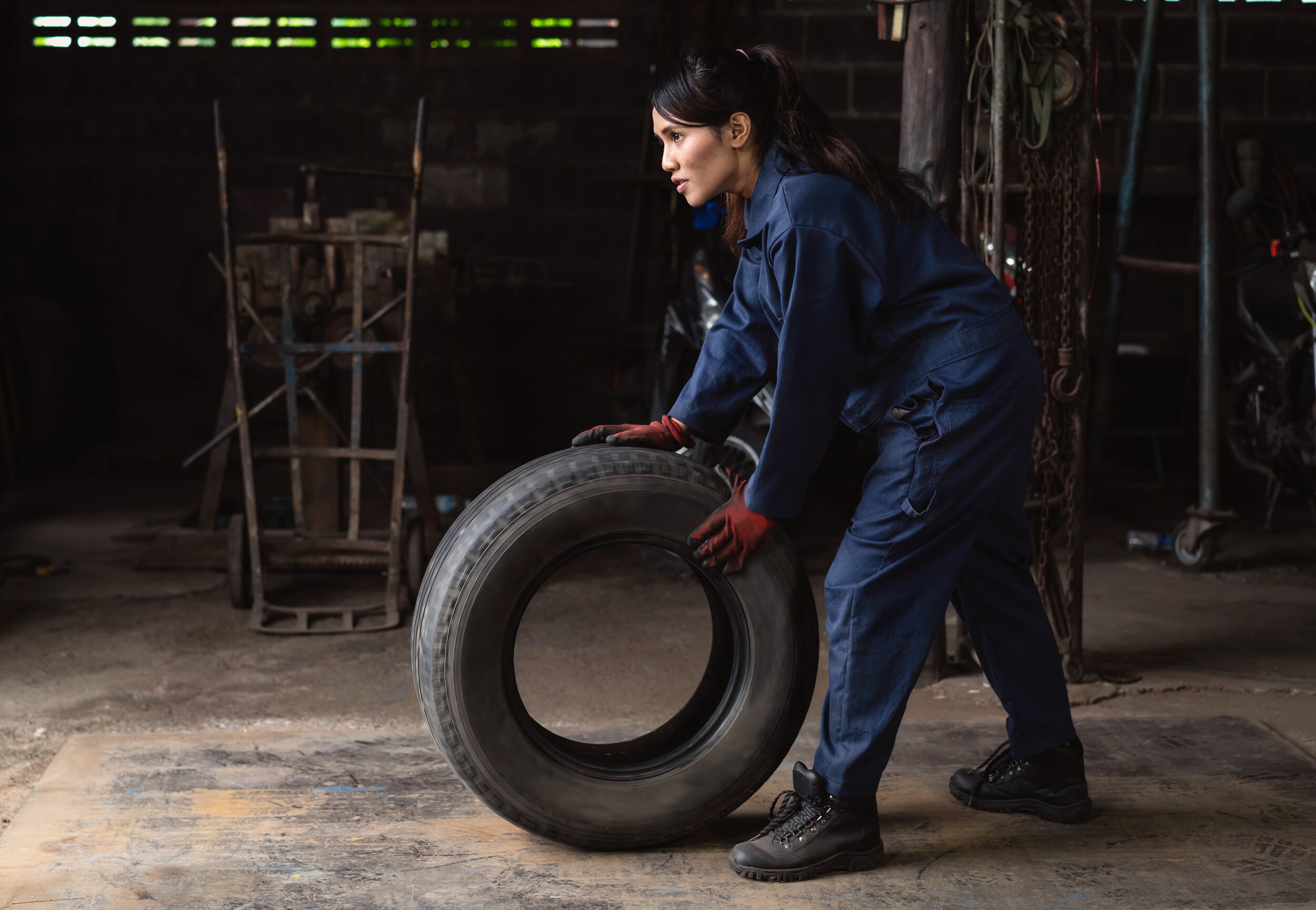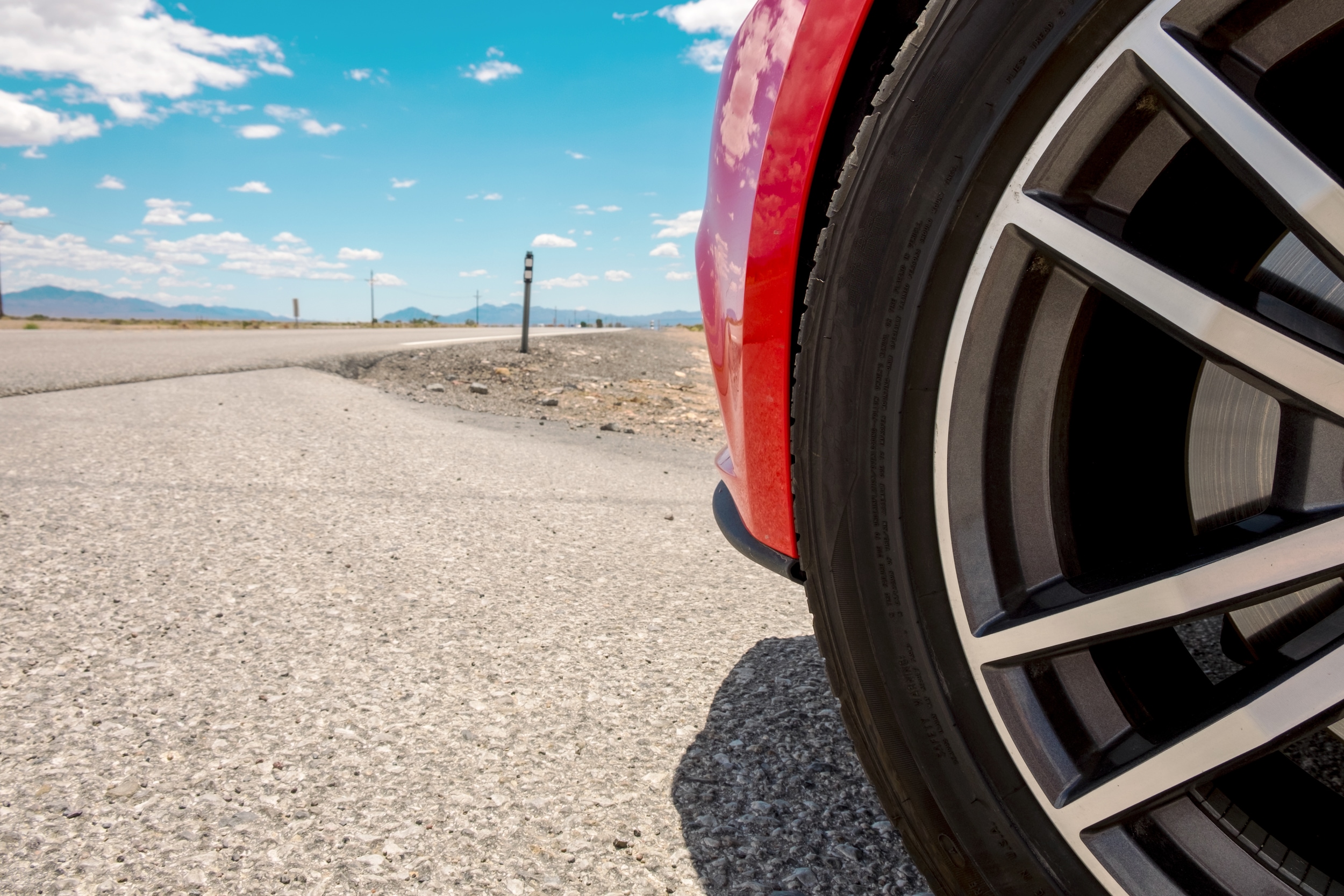The single most important thing that you can purchase for your car are the tires it rides on. That ribbon of rubber is all that separates you from the peril of the road, and badly worn tires are a catastrophe waiting to happen. So how do you choose the right tires for your vehicle? Let's find out.
The biggest choice to make when buying tires is deciding which are the right ones for your car. The wrong choice of tire can interfere with your car's performance and ability to protect you from various types of weather conditions. Since you'll be replacing your vehicle's tires every three to four years, you want to make sure that you pick the right rubber to do the job and keep you safe on the road.






